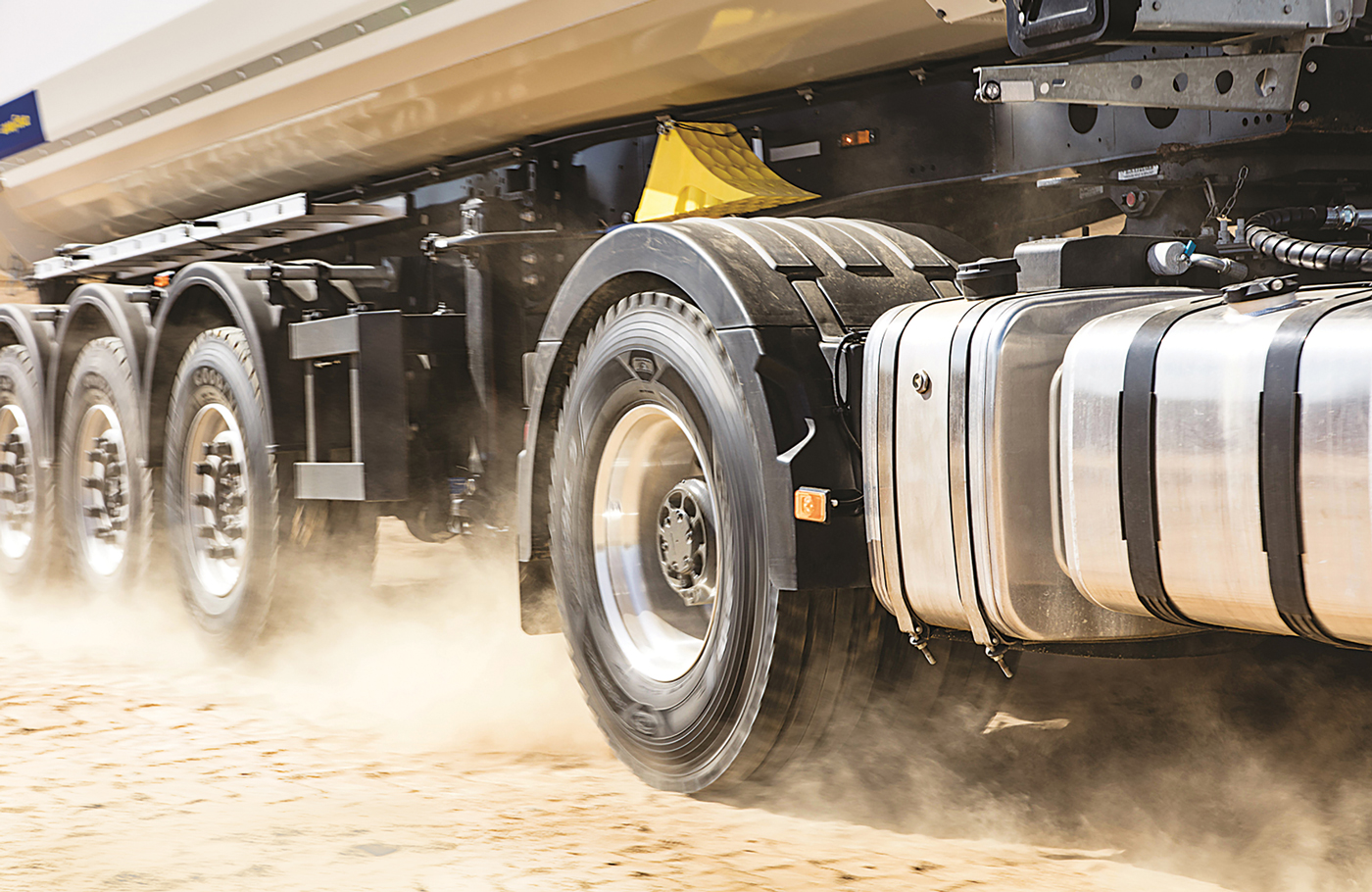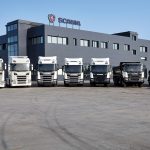Tyre(lessly) expanding
Tyre(lessly) expanding
There isn’t an economy or sector that has remained unscathed this year. But it seems as if the tyre industry will make a recovery – thanks to mechanisation, urbanisation and technology advances
According to ResearchAndMarkets.com – a massive market research store with 1 700 research teams across 81 countries – the technologies in automotive tyres have undergone significant changes in recent years, one being the progressive move from pneumatic to airless tyres.
“The rising wave of new technologies, such as radial and bias tyre manufacturing technologies, is creating significant potential for automotive tyres in various vehicle platforms.” These include transportation, flexible sidewalls and reduced fuel consumption due to less rolling resistance, ResearchAndMarkets.com notes in its piece: “Technology Landscape, Trends and Opportunities in the Global Automotive Tire Market”.
In another report, “Tires – Global Market Trajectory and Analytics”, ResearchAndMarkets.com states that the global market for tyres is forecast to reach 2,7 billion units by 2025, “driven by continuous developments in tyre engineering – particularly innovations surrounding tyre tread technology.
“Macro factors driving growth in the market include a healthy upswing in agrarian economies focused on mechanisation and the resulting strong demand for agricultural vehicle tyres.”
Mordor Intelligence – a market research consulting firm based in Hyderabad, India that offers advisory, insights and investment analysis services – supports this point in its report: “Commercial Vehicles Tires Market – Growth, Trends and Forecast (2020 – 2025)”.
“The agricultural sector is highly affected by the cyclical nature of sales. To boost the productivity on the lands of agriculturally deprived economies and to meet the food need of growing populations, original equipment manufacturers (OEM)s are trying to build machinery installed with the Internet of Things, GPS and automation techniques to gain more from the land. In emerging economies, farmers are rapidly adopting mechanisation practices.”
Automation isn’t exclusive to emerging markets, however, as many developed economies (such as Japan) are facing the problem of an ageing population. “This is causing a shortage of labour in the agriculture sector. Therefore, developed countries are increasing their spending on research and development of automation of farming techniques.”
The farm mechanisation trend has also been rising in China, due to increasing investments in agriculture, as well as governmental encouragement. “Additionally, this trend has also been a result of the increase in the number of large agricultural producers and new rural organisations engaged in farming.”
These developments, which will enhance the demand for agricultural vehicle tyres, aren’t the only factors that will lead to growth within the tyre industry. ResearchAndMarkets.com notes that healthy recovery in the global construction industry, increased spending on construction vehicles and a parallel increase in demand for construction tyres in the OEM market will also add to the numbers.
The Mordor Intelligence report lists rapid urbanisation as one of the reasons that construction activities have seen a surge, noting that developments in transport infrastructure are fuelling growth within the commercial vehicle tyres industry.

“To fight major problems like traffic congestion, population explosion, high manufacturing costs and ageing transportation infrastructure, developing economies are now investing heavily in infrastructure development.”
It adds that the Asia-Pacific region is expected to be a major market propelling the global construction industry, with expanding construction activities in countries, such as India and Association of Southeast Asian Nations countries (including Thailand, Singapore and Vietnam).
“The sales of heavy trucks in the Asia-Pacific region grew by 1,4% to 27 872 units in 2019 compared to 27 493 units in 2018. However, the Covid-19 outbreak is expected to hinder market growth in the region during the forecast period.”
The pandemic has also led many OEMs to manufacture medical equipment, which is influencing the numbers. “However, the Covid-19 outbreak has also resulted in the growth of the e-commerce sector. This factor can propel the demand for commercial vehicle components for transportation purpose during the outbreak.”
Other factors influencing the commercial-vehicle tyres market include fluctuating raw material prices, international taxes, conversion costs and utilisation of manufacturing facilities.
Despite this Mordor Intelligence states that the commercial-vehicles tyres market is expected to show a growth rate of over 3,5% during the forecast period of 2020 to 2025.
ResearchAndMarkets.com adds that premium and speciality tyres – with high speed, low rolling resistance, high insulation to reduce road noise, additional cushioning, and innovative tread grooves and patterns – will have the highest gains in the market.
“Replacement demand remains critical to the market’s growth given that most tyres wear out well before they get old. Smart tyres with in-built sensors for improved tyre management capability will grow in prominence in the coming years.”
The report notes that tyre recycling is also a factor in the market, given that most of the tyres, after the end of their life cycle, end up in landfill sites. This, in turn, poses a major threat to the environment and human health as stockpiling and tyre build-up result in leakage of toxins into the ground under damp conditions.
“The EU leads the race in implementing effective tyre recycling systems by introducing regulatory mandates. The tyre recycling percentage in the EU is around 95% and is followed by Japan with 89% and Canada with 80%. The EU has already banned landfills, a strategy which is being followed by various countries in the world.”
ResearchAndMarkets.com adds that recycling is a massive and lucrative business in Europe and that companies are continuously investing in the development of innovative new recycling technologies.
“Tyre manufacturers in the region are either taxed for the environmental pollution caused by tyres or are obligated to participate in the deposit-and-return approach developed for generating funds to meet collection and recycling costs.
“Against a backdrop of rising emphasis on waste management, extended producer responsibility is growing in popularity as governments seek to integrate the environmental costs of the production lifecycle into the market price of the product.”
Hopefully, the emerging markets will, just as with automation with agricultural vehicles, follow suit on the environmental front – which will leave our planet “greener” as the tyre industry expands.
Published by
Focus on Transport
focusmagsa




